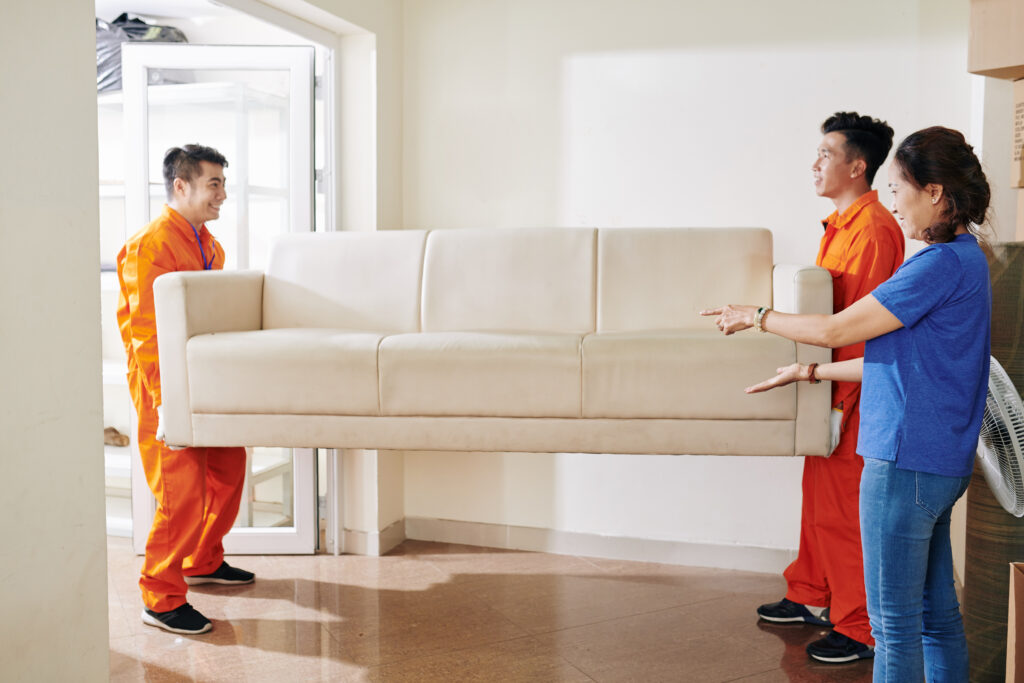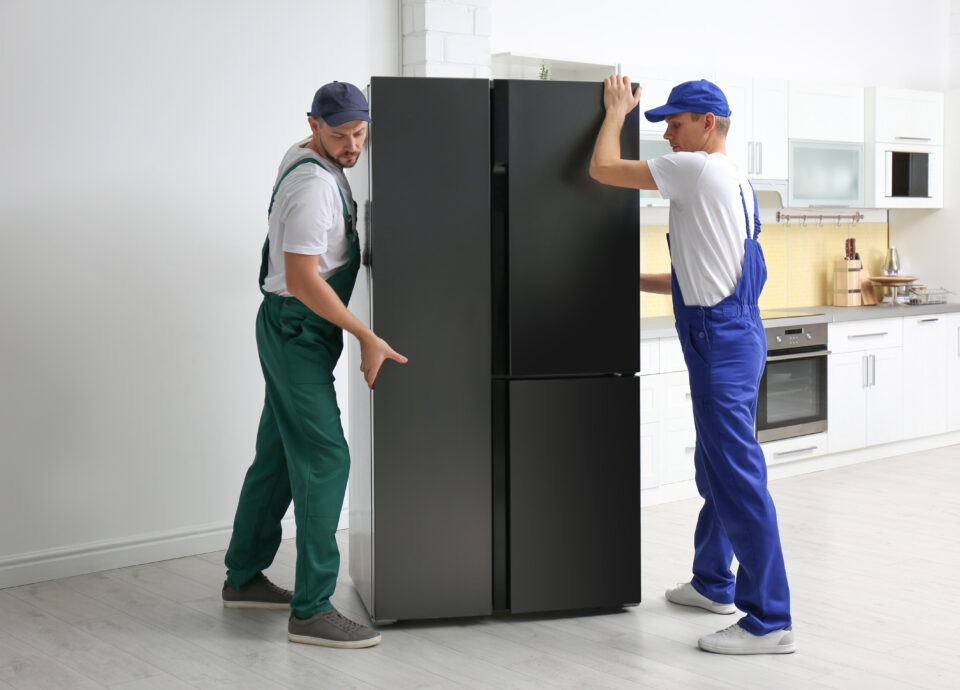When planning a big move, one of the most daunting aspects can be packing up all your precious belongings, including furniture. It’s not just about throwing everything into a box and hoping it arrives intact. There are strategies, techniques, and methods that can dramatically increase the odds of your furniture arriving at your new home unscathed. Incorrect packing is a frequent contributor to furniture damage during moves. Many individuals underestimate the complexity of safeguarding their possessions, which often leads to unnecessary stress and expense.
Unfortunately, common mistakes, like not using adequate protective materials, failing to disassemble larger items, or not appropriately sealing boxes, frequently occur. These pitfalls can lead to damaged furniture, increased removal costs due to extra time taken, or even personal injury. Therefore, understanding how to correctly pack furniture for removal is essential.
Understanding the Importance of Proper Furniture Packing-
Correctly packing your furniture isn’t just crucial for the sake of the items themselves; it’s also vital for ensuring a smooth, efficient moving process. Failure to pack furniture appropriately can result not only in the furniture being damaged but can also increase the burden of transportation costs and time.
Accidental dents and scratches during the removal process could lead to unbearable extra costs for repair or even replacement. Not to mention the sentimental value some furniture pieces hold that no amount of money can replace. Additionally, using incorrect packing methods or improper packing materials can make the furniture bulkier or heavier, leading to more difficult transportation and, hence, ramping up the removal costs. With the right packing techniques, you can streamline the process, minimize potential damage, and make the whole experience of moving less of a headache.

Evaluating Your Furniture-
Before you start wrapping and boxing, you need an understanding of what you’re dealing with. Evaluating your furniture precisely ahead of the move can help you determine the types of packing methods or materials you’ll need. Start by categorizing your furniture based on size, weight, value, and fragility.
Large items like couches or dining tables, heavy items like armories or cabinets, and delicate items like glass tables or antiques all require different packing strategies. For high-value items, consider investing in premium-quality packing materials or even professional packing services to ensure optimal protection.
Essential Packing Materials-
An arsenal of quality packing materials is essential for a successful furniture move. Bubble wrap is excellent for protecting delicate surfaces, corners, and glass or mirrored furniture pieces. Furniture blankets can be used for wrapping larger pieces, protecting them from scratches and dings, while corrugated cardboard will provide an additional layer of protection to delicate surfaces.
Packing tape isn’t just for sealing boxes – it’s also useful for securing protective wrapping firmly. Similarly, packing peanuts come in handy when packing smaller items or filling voids within boxes to keep things steady during transit. They offer shock absorption during transport, limiting the chances of damage to your treasured items.
Step-By-Step Guide to Packing Different Furniture Types-
Each piece of furniture has its own unique quirks and qualities that need bespoke packing strategies. For instance, sofas should be wrapped in furniture blankets, secured with packing tape, and remember to remove and pack their legs or cushions separately. Bookcases should be cleared and their shelves wrapped individually before securing the main structure.
Delicate antiques require meticulous attention, with elements like glass fronts, ornate detailing, or protruding elements needing deliberate care. It’s often best to use a combination of packing materials, like wrapping in bubble wrap, and then securing with corrugated cardboard for an extra layer of protection. Including a visual guide here would offer a visual supplement to these instructions and make the guidance more digestible.

Enlisting Professional Help-
While packing is certainly a task you can undertake yourself with enough preparation and patience, it might sometimes be beneficial to enlist professional help. Regular folk might handle a move only a handful of times in their lives, while professional packers and removalists are trained and experienced to ensure optimum safety and efficiency.
Professional help can prove invaluable, particularly for high-value, heavy, or bulky items, as well as for large quantities of furniture. Their expertise would also be highly beneficial for those short on time or for those with physical limitations, for whom packing and moving large furniture would be a struggle.
Sustainable Packing Options-
Going green with your packing doesn’t have to mean compromising the safety of your furniture. For instance, biodegradable packing peanuts and recycled bubble wrap or cardboard are wonderful alternatives. Consider using furniture blankets or pads made from recycled materials, and tape that’s biodegradable.
You could also skip disposable products altogether by opting for reusable plastic crates or boxes. Not only can you feel good about reducing your environmental footprint, but you might also find that these options can be more cost-effective overall.
Checklist For The Big Day-
Having a checklist for moving day is a lifesaver. Remember to include items like packing the essentials box (with handy items like tape, scissors, water bottles, and snacks), doing final checks for any forgotten items, and arranging a clear pathway for the removalists. A printable checklist can act as a salient guide amidst the chaos of moving day.
Recap And Final Thoughts-
To summarize, packing for furniture removals requires careful planning, and it’s important to avail yourself of all the guiding principles and materials necessary for a smooth move. As we’ve seen, correct packing ensures you avoid multiple pitfalls like damage to items, increased removal costs, and unnecessary stress. With careful evaluation of your furniture, the right materials, a detailed guide for different furniture types, along with professional help, and sustainable solutions to boot, you’re all set for a successful move.
Here’s wishing you good luck with your move – may it be smooth, efficient, and stress-free!

